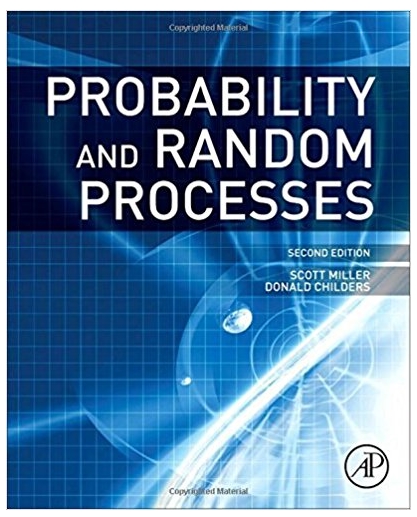Answered step by step
Verified Expert Solution
Question
1 Approved Answer
Analyze the patient-satisfaction data below for near-linear dependence by using Equation 9.3 (attached also) to compute the variance inflation factor. Does this data exhibit multicollinearity?
Analyze the patient-satisfaction data below for near-linear dependence by using Equation 9.3 (attached also) to compute the variance inflation factor. Does this data exhibit multicollinearity?
Submit your R code and any output of the code to include tables and graphs as indicated or For questions that require a written response elaborate
DATA
https://drive.google.com/file/d/1e5Bux6nxslj-_yd_VgQLwKhpu7xJzwM5/view?usp=sharing

Step by Step Solution
There are 3 Steps involved in it
Step: 1

Get Instant Access to Expert-Tailored Solutions
See step-by-step solutions with expert insights and AI powered tools for academic success
Step: 2

Step: 3

Ace Your Homework with AI
Get the answers you need in no time with our AI-driven, step-by-step assistance
Get Started


